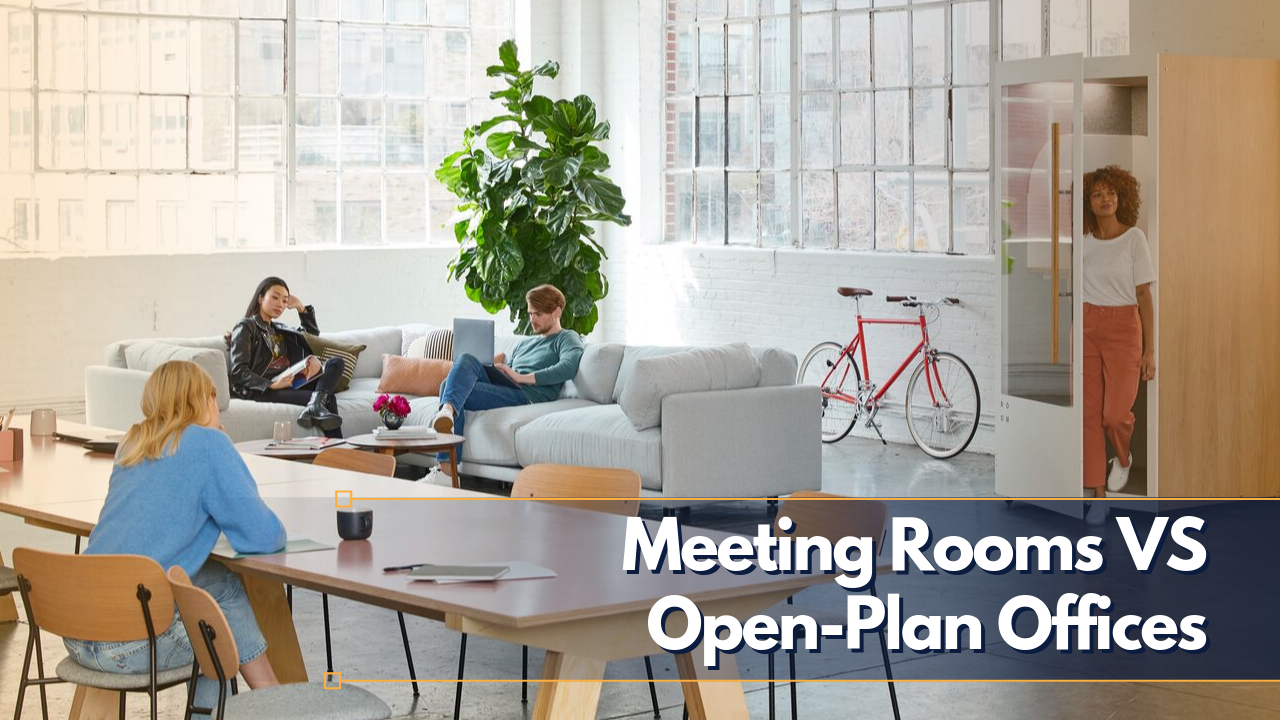- Meeting rooms are regularly booked by single occupants
- Research suggests people are escaping the open-plan office by hiring out a meeting room
- Phone booths and small huddle areas could “save millions of dollars”
Meetings. Those devourers of time and productivity. The last place you want to be after a heavy lunch, or on a Friday afternoon, or (if you’re completely honest) the last place you want to be, ever.
However, research reveals that meeting rooms are now used in the most peculiar way. They aren’t used to meet people at all. Instead, they are occupied by a single person 36% of the time, with meetings of between two and four people representing 40% of all meetings.
So, are people escaping the open-plan office by hiring out a meeting room?
It’s a question the authors of the report asked soon after publishing the results, leading a workshop with corporate real estate and workplace design executives at more than 30 companies including Intuit, PwC, Intel and Verizon.
Ari Kepnes, director of market research at Density, explained: “A common theme in their answers was the need for privacy. Employees need privacy for some of their tasks at work, and open-plan offices lack privacy. Adding phone booths and small huddle areas literally could save millions of dollars and lead to a more productive, happier workforce.”
Kepnes added: “We were surprised by how many times meeting rooms were being used by just one person. The recent popularity of phone booths in the office makes more sense given our findings.”
In fact, it looks like the corporate world is turning its back on larger meetings altogether. Only 6% of all meetings included more than 10 people. 85% had fewer than seven attendees, according to the Workplace Utilization Index: Mid-Year 2019 report.
Size Matters
The research shows that the larger a room is, the more often it is empty. Even the meetings with the most attendees typically utilized only 45% of the room’s capacity.
However, the smaller the room, the more often it is over capacity. The capacity of rooms for two to four people is exceeded twice as often as rooms for five to seven people, according to the report.
Kepnes said: “Being prescriptive about how all offices should be built is a recipe for ineffective workplaces. We believe organisations should measure how their own real estate is being used on an ongoing basis and adjust accordingly.”
The report examined more than 10,000 hours of meetings across 60 meeting rooms at analytics platform provider Density’s customer locations, over a six-month period.
Using the company’s sensor platform, the number of people using a workspace and how they use that space were autonomously and anonymously measured.
Kepnes added: “Until recently, it wasn’t possible to effectively measure how people use the workplace. Sensors weren’t accurate and camera-based systems made employees feel like they were being watched. But new advances in sensor technology now allow us to understand exactly how every room in a building is used without collecting any personally identifiable information.”


 Dr. Gleb Tsipursky – The Office Whisperer
Dr. Gleb Tsipursky – The Office Whisperer Nirit Cohen – WorkFutures
Nirit Cohen – WorkFutures Angela Howard – Culture Expert
Angela Howard – Culture Expert Drew Jones – Design & Innovation
Drew Jones – Design & Innovation Jonathan Price – CRE & Flex Expert
Jonathan Price – CRE & Flex Expert












